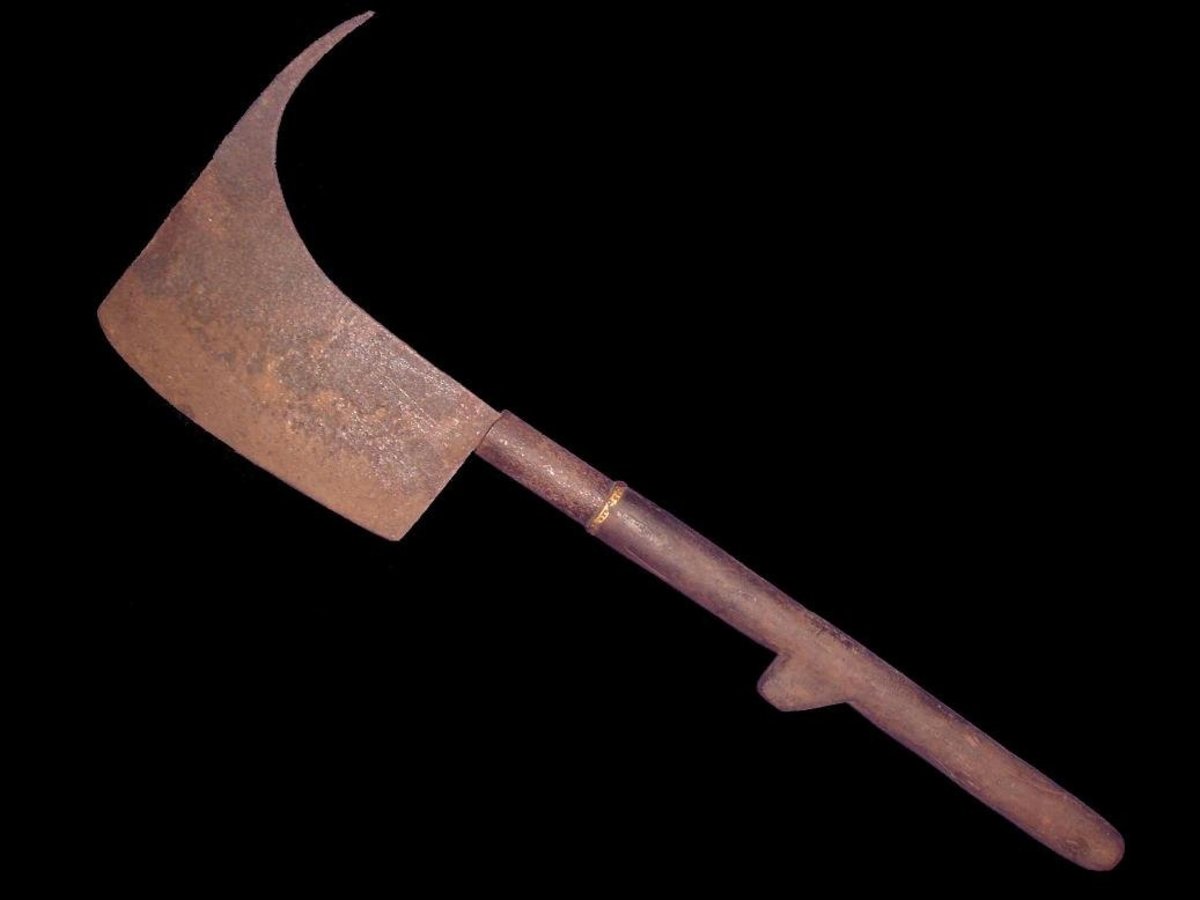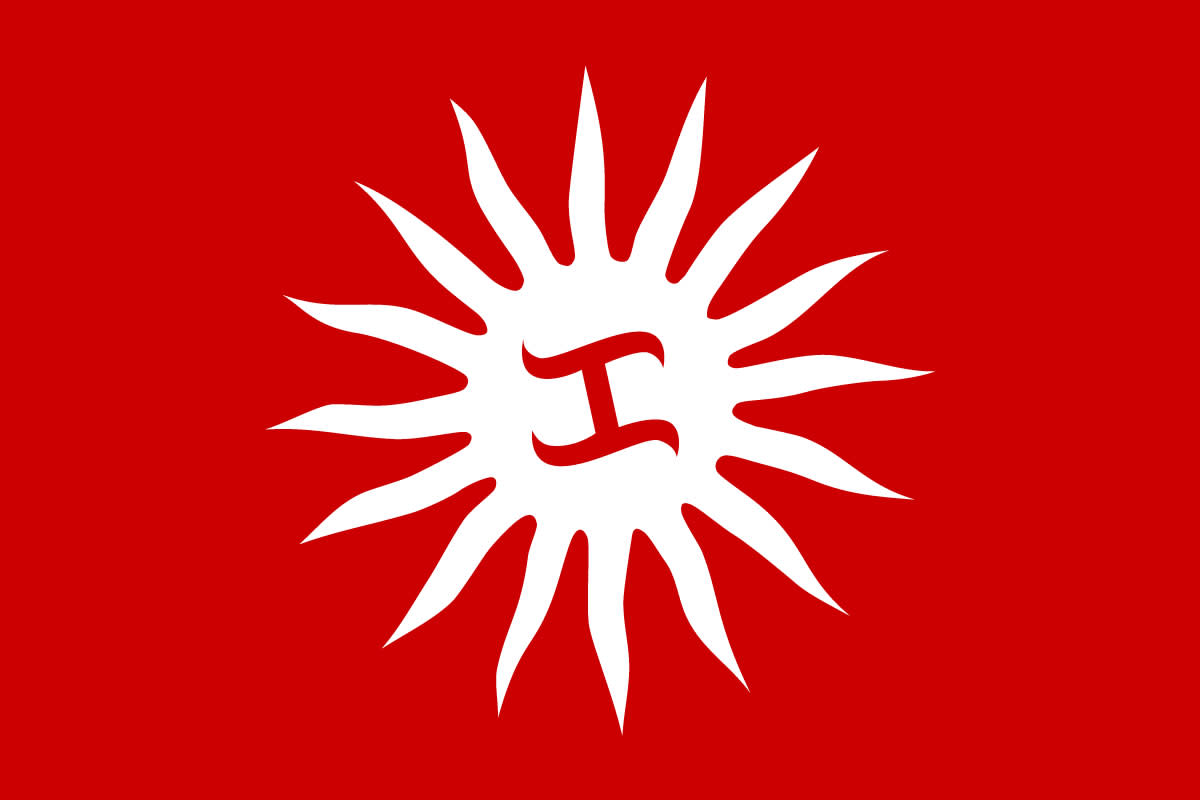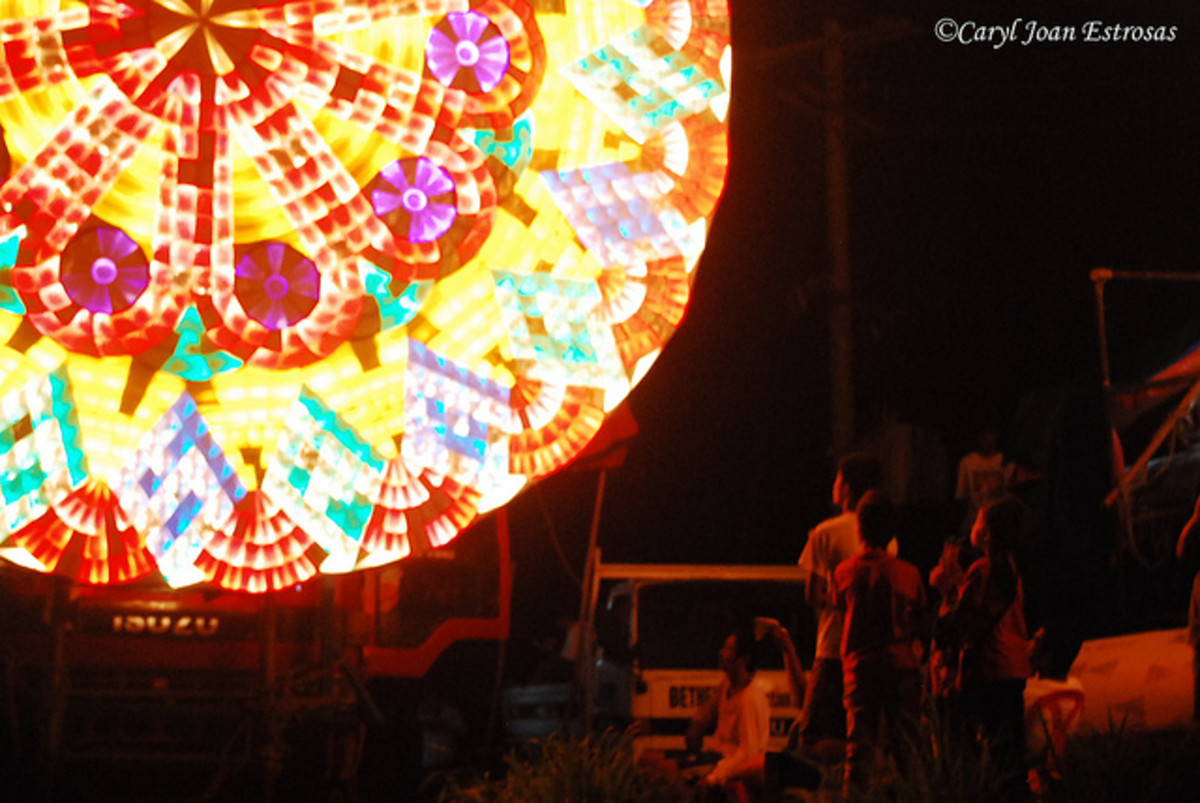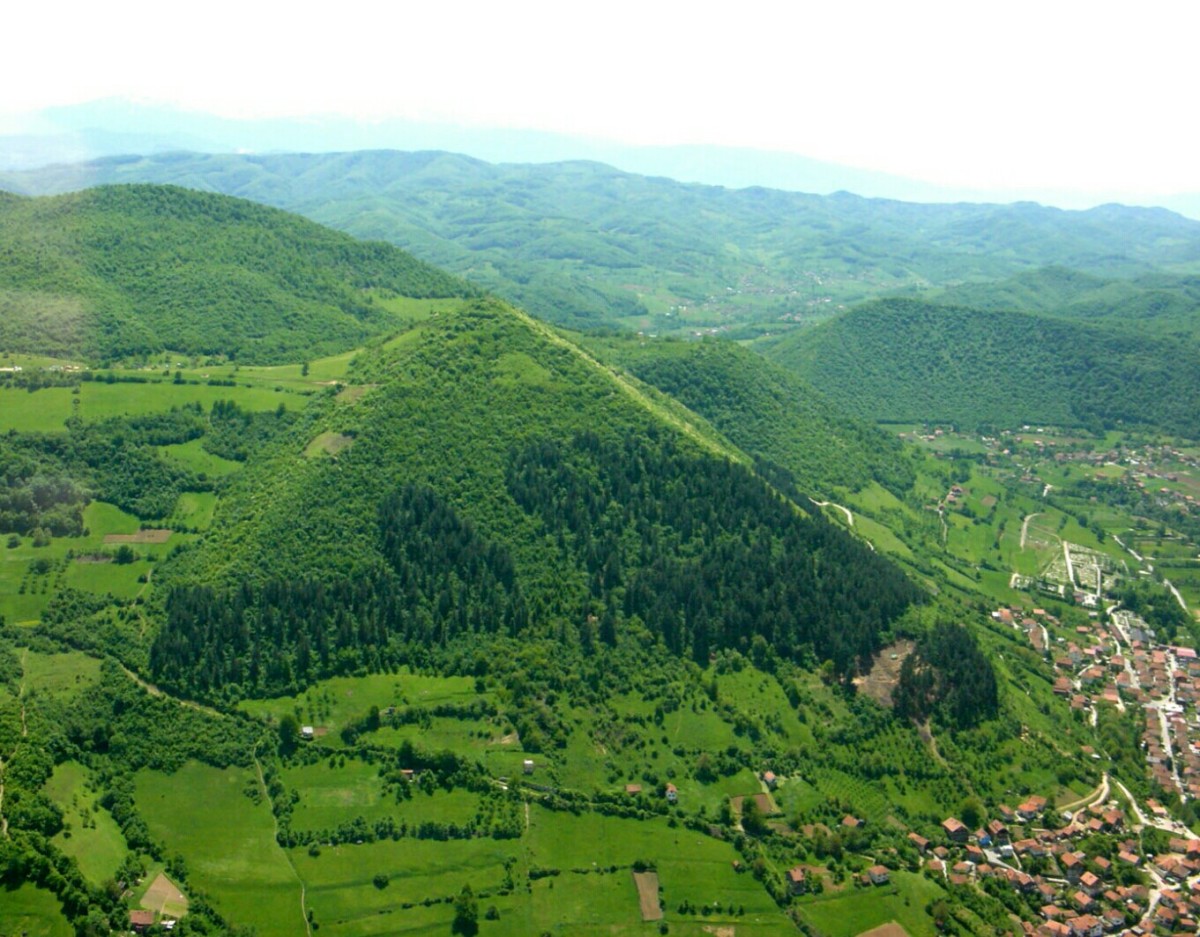The Rice Terraces of the Philippine Cordilleras
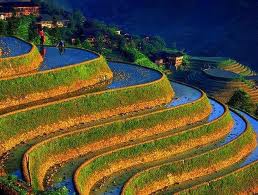
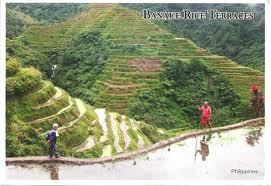
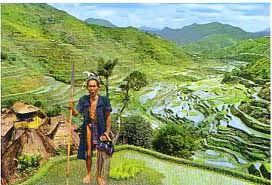
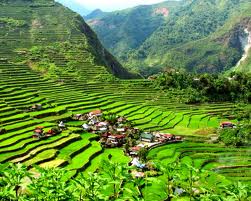
In science I have have learned a lot and especially about the The Rice Terraces of the Philippine Cordilleras, as an assignment I had to write about the cordilleras, and I hope you enjoy my findings.
“The Rice Terraces of the Philippine Cordilleras is an outstanding example of an evolved, living cultural landscape that can be traced as far back as two millennia ago in the pre-colonial Philippines. The terraces are located in the remote areas of the Philippine Cordillera mountain range on the northern island of Luzon, Philippine archipelago. While the historic terraces cover an extensive area, the inscribed property consists of five clusters of the most intact and impressive terraces, located in four municipalities. They are all the product of the lfugao ethnic group, a minority community that has occupied these mountains for thousands of years” (UNESCO 2012).
The rice terraces have been the result of the Philippine ancestors that were created and built over 2000 years ago, that has been passed from one generation to another. It has been through many challenges due to the fact that times have changed and new modern technology has been used to keep this terrace lush and preserved. But the technique has not changed within the last 2000 years, due to cultural traditions the Filipinos have made sure that they continue their lessons.
The Rice terraces are broken down into five different clusters,: “The five inscribed clusters are; (i) the Nagacadan terrace cluster in the municipality of Kiangan, a rice terrace cluster manifested in two distinct ascending rows of terraces bisected by a river; (ii) the Hungduan terrace cluster that uniquely emerges into a spider web; (iii) the central Mayoyao terrace cluster which is characterized by terraces interspersed with traditional farmers’ bale (houses and along (granaries; (iv) the Bangaan terrace cluster in the municipality and Banaue that back drops a typical lfugao traditional village; and (v) the Batad terrace cluster of the municipality of Banaue that is nestles in amphitheater-like-circular terraces with a village at its base” (UNESCO 2012). So it is obvious that there is a vast variety of life forms that are in the area. The villagers live in the area to make sure that the terraces are kept in pristine shape. As well as the many wild animals that is near the area. The Philippines are well known for the Rain Forrest and the 1000 of fish that are indigenous to the islands. Especially the Toko (Lizard), you can find these lizards practically everywhere you go.
The Ancestors have made villages all around the rice terraces to ensure that there are no intruders to ruin what those have worked so hard to maintain for the last 2000 years. They make sure that tourist stay on the paths that go around the terraces, just to make sure that they do not contaminate areas as well as stepping on plants. Without the villagers to ensure these plains are protected, the rice terraces would most likely not be there anymore to be enjoyed by tourist and the Philippine nationals. “The Rice Terraces of the Philippine Cordilleras were Declared National Treasures in Presidential Decrees 260:1973 and 1505:1978. The terraces are likewise protected by the Republic Act 10066:2010, providing for the protection and conservation of the National Cultural Heritage” (UNESCO 2012).
Since there has been a Presidential Decree to protect The Rice Terraces of the Philippine Cordilleras, I do not think that I could have put any more insight into furthering the protection. They already have the ancestral villagers already protecting it with the backup of a national decree. What more can you ask for? I believe what there is more that they can due to ensure protection is to have more tour guides with groups, just for the added protection to make sure these tourist do not go anywhere that they are not supposed to be, and to protect the crops from being damaged.
If intrusion goes unchecked, the entire Philippines might lose a crop that helps feed their people. Rice is the number one desired crop of all islands, without it, there might be a lot of people who will go hungry; or many stores could lose business due to the lack of crops. So it is important that they keep close tabs on parasites, unwanted people and pets. When I used to live in the Philippines, my mom used to own a little rice stand, and when there was no rice, there was no money to bring home. Fish and Rice is what many people will live on especially when not very many people had money to spend on high end cuts of meat.
There are not so many human intrusions, but you do have the occasional savages. Human intrusions anywhere would be a great threat. Would human intrusion not be a great threat to anyone? In the Philippines that have what is called guerillas, many of them are bad and many of them are good. It will not say this in many texts books or articles but natives will tell you. There are guerillas of the ancestors that protect what is rightfully theirs, and will go any lengths to protect what is there. My grandfather told me that these guerillas are friendly but make sure that you are following rules and are being respectful to what they are trying to preserve.
There have been many efforts to preserve the rice terraces by passing down tools from one generation to the next as well as having that presidential decree. “The maintenance of the living rice terraces reflects a primarily cooperative approach of the whole community which is based on detailed knowledge of the rich diversity of biological resources existing in the lfugao agro-ecosystem, a finely tuned annual system respecting the lunar cycles, zoning and planning, extensive soil conservation, and the mastery of a most complex pest control regime based on the processing of a variety of herbs, accompanied by religious rituals” (UNESCO 2012).
There are many things that an individual can help to preserve The Rice Terraces of the Philippine Cordilleras. The Filipinos have great pride of their place and culture, that if they stumble upon the terraces in their travels, they would contribute by picking up trash and killing pest. I myself would volunteer my time helping the people of Luzon keep the terraces in pristine shape. Just like any other rain forest around the world or even a park, it is always great to be a Good Samaritan and just help as much as you can. I have not been to the Philippines in almost 15 years and would love to go back and experience these Rice Terraces. Possibly even help the villagers restore parts that have gone into the heritage danger list. Something as beautiful as this should not be on a heritage danger list. But at times get a little more modern it is hard to teach the younger generations how preserve this beauty. Most of the time they will not even notice anything until it is almost gone.
It is obvious that the tribal people of The Rice Terraces of the Philippine Cordilleras take great care of everything they have and that is to include their terraces. It is also very important that they remember where they come from because they have not given in to the foreign domination. They have been able to preserve their authentic tribal culture, but have endured many hardships. The people have made special relationships with the land, and everything that it has to offer. Like stated earlier a lot of people around the island rely on these terraces to remain indestructible due to it being a great supply of the Philippines rice. “The knowledge and practices, supported by rituals, involved in maintaining the terraces are transferred orally from generation to generation, without written records. Taro was the first crop when they began to be used for agriculture, later to be replaced by rice, which is the predominant crop today” (UNESCO 2012). “In January 2010, the non-profit sustainable energy consortium, e8, donated a $1m hydro plant to suppose preservation of the rice terraces. The Plant will generate electricity for the region as well as $70,000/year in conservation” (WMF 2012). There are very many conservationist programs out there that are continually donating to preserve what is left of this national monument, and the people are more than great full for the donations. Not only for the donations but the money that it will generate to keep up with the demands of maintenance.
References
World Monuments Fund (2012). Rice Terraces of the Philippine Cordilleras. Retrieved on June 7, 2012 at http://www.wmf.org/project/rice-terraces-philippine-cordilleras
UNESCO (2012). Rice Terraces of the Philippine Cordilleras. Retrieved on June 8, 2012 at http://whc.unesco.org/en/list/722

